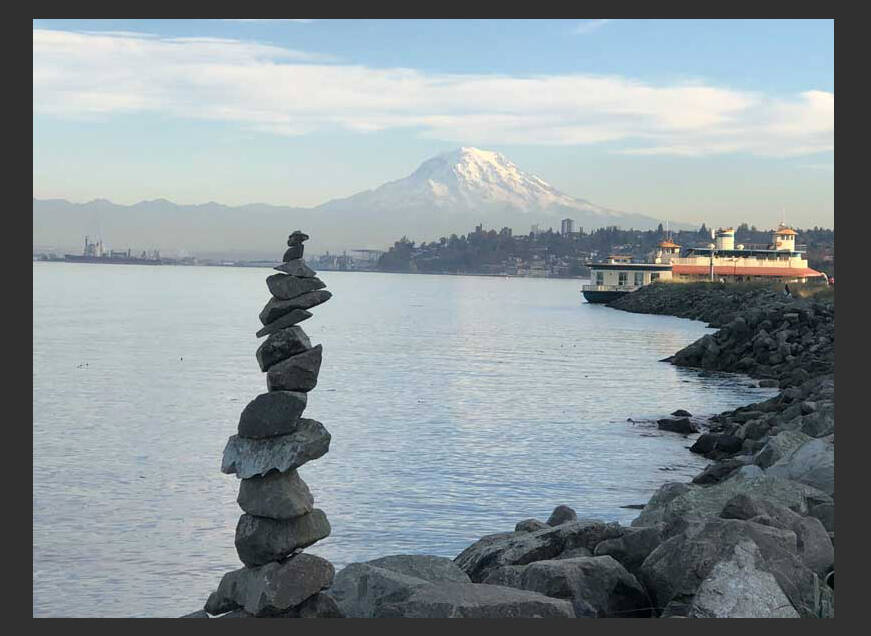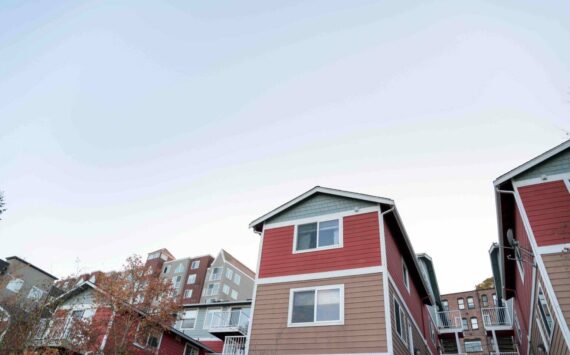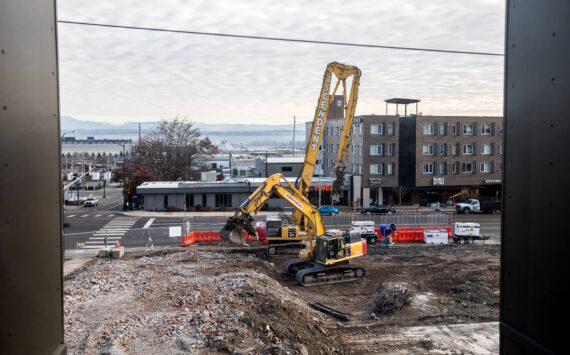By Morf Morford, Tacoma Daily Index
I tend to have intense dreams – not bad or scary dreams – just dreams that veer into the hyper-realistic that sometimes jolt me awake with a pulsing heart-rate and sense of dislocation that requires several minutes for recovery and reorientation.
I recently had a dream of a neighborhood with a long local history – and a strong sense of its future. The neighborhood, by most accounts, is the first non-native settlement in Tacoma.
Tacoma’s Old Town has had a fluctuating history. Its era of prosperity was also its era of greatest toxicity and gloom.
With an economy based on timber and a variety of wood and paper products (Tacoma, specifically Old Town, was the “Lumber capital of the world”), the smell, texture, noise level, safety (and view) of and around Old Town was anything but promising. And then when those pulp mills and timber sawing operations closed, with the abandoned mills, pilings and industrial (and highly toxic) slag along the waterfront, Old Town was anything but an appealing area. This was before North 30th was a primary thoroughfare and before Schuster Parkway was built (it opened in 1976).
In other words, Old Town, as a neighborhood, was cut-off from the rest of the city, ugly, surrounded by, if not directly impacted by federally recognized Superfund sites. You can see a map of Washington Superfund sites here.
If you take in the view from Ruston Way and look away from the water, up the hill, if you look closely, you will notice something very strange; the houses and other buildings constructed after about 1980 have large picture windows facing the water. Those built before then, even the elegant hundred year old homes, do not. The wood-burning pulp mills, that ran 24 hours a day, 365 days a year, were not worth looking at. And their poisonous, burning sulphurous waste clouds and debris filled every view – and every breath.
I lived in Old Town in the late 1970s to about the end of 1981. Back then rents were cheap, many century-old homes stood empty – for years. And there were few essential services – and no grocery stores. And near zero local employment prospects. There were two restaurants back then – Top of the Ocean and Harbor Lights. The Top of the Ocean was destroyed by arson in 1977. Harbor Lights is still operating. You can see some background on Top of the Ocean here.
Most jobs were in downtown Tacoma – but the city’s central core was experiencing its own era of decline. You can see a well-known set of photographs of this era of downtown Tacoma here.
You can see a previous overview of this stage of Tacoma from our pages here .
In short, Tacoma, especially Old Town, seemed to be in a near-permanent state of decline.
But that was then…
Some of us saw the potential of Tacoma’s Old Town even then.
Eventually the EPA and the city of Tacoma began the arduous, and yes, expensive work of cleaning up the shoreline and waterways which has led us to the remarkable (and well-used) set of docks, parks and walkways along Ruston Way.
I remember the planting of trees (as scrawny saplings) along Ruston Way as what is now a popular park was being established – and yes, as always, there were naysayers who opposed the development of an elongated park alongside the waterfront parallel to a road and near a well used railroad track.
Fortunately (for all of us) the visionary view prevailed. That desolate stretch, littered with abandoned buildings and industrial waste has become a destination waterfront walk for all ages and abilities. You can see some details here. One reviewer described Ruston Way in October as the perfect setting for a Maple leaf fairy tale.
The last time I looked, there were three wineries in Old Town.
If you are looking for historical sites, stunning views of sunrises (and moon rises) and a choice of memorable restaurants, (and even scenic flights from one) this is the place.
In fact, thanks to its contours and geography, Tacoma’s Old Town is the only place I’ve seen that has spectacular views of both the sunrise and the sunset – both, in opposite directions, over water and mountain ranges.
And, because of its proximity to water, and its sheltered state, being protected from the weather from the south, east and west, it has a maritime climate far milder and moderate than neighborhoods just up the hill.
International, industrial carnival
I was thinking of Old Town, not because of its storied past, but because of its future.
I had a vivid dream recently that I was in Old Town in the year 3024 – literally a thousand and one years from now.
In my dream, Tacoma’s first incorporated area became, again, a center of regional culture and commerce. The hills, still steep, had become layers of honey-combed businesses taking advantage both of the views and the topography.
The hills, besides affording water views, had been excavated for use and storage. Everything well-kept, essential and accessible was above ground.
Below ground was as desirable as above ground. Clubs and music venues – or anything that did not require a view, like breweries, wineries, or utility systems, were protected and out of sight, nestled in the hillsides.
The surface was for activity and commerce. And investors and entrepreneurs from around the world had come to explore and experience the unique setting and opportunity, and along the way, add to the cuisine and culture that was, like every renaissance, in full bloom and in a state of self-perpetuation.
Old Town is a small, clearly defined area, and in my dream, layers of development went up as well as down – but not by much. Buildings merged with and became nearly indistinguishable from the pre-existing landscape.
In my dream, Old Town was bustling, clean and packed with realized, but somehow delayed, possibilities.
Tacoma, in this microcosm of the city, was once again taking on its destiny.





